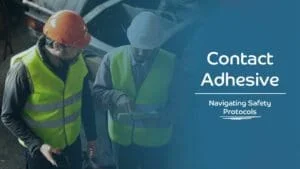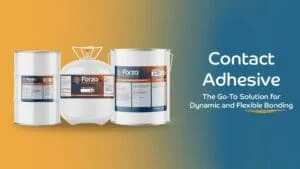How do PUR Hotmelt Adhesives Work?
PUR adhesives are reactive polyurethane hot melt adhesives. They are one-part synthetic specialty adhesives with the strength of structural adhesives, but with the application speed of hotmelts. Similar to regular hotmelts, PUR adhesives are heated until they reach a liquid state, applied to your substrates, and the bond is created as the adhesive cools. However, where PUR adhesives differ, is that they react with the moisture in the air and continue to cure over the next 24-48 hours, providing a much stronger bond than traditional hotmelts.
PUR hotmelts come in the form of a cartridge or a slug, and because of their reactive properties, must be heated and applied by special PUR hotmelt equipment. Depending on the application, they can be either sprayed or extruded, with guns or bulk dispensing equipment. Guns are used for smaller applications and are more affordable and easy to use. Bulk equipment is used for automated or high volume dispensing applications, but is more expensive, harder to use, and provides less movement and application freedom.
PUR adhesives are used in applications where high strength and plasticizer resistance is needed, for permanent applications, and for difficult-to-bond substrates. They can bond many substrates including wood, fabrics, leather, metals, glass, ceramics, and some plastics such as polystyrene and polyacrylic. These adhesives are used in many applications across many industries including automotive, filter, door, window and floor manufacturing, textile and panel assembly, woodworking and edgebanding, home repair, bookbinding and even packaging applications.
However, PUR adhesives also have some major drawbacks, so we’ve listed all their pros and cons in the table below.
Pros: PUR Adhesives | Cons: PUR Adhesives |
|
|
Curious to know what type of adhesive is best for your application? Contact us and let us know your application and the substrates you’re bonding – we would love to provide our recommendations!




